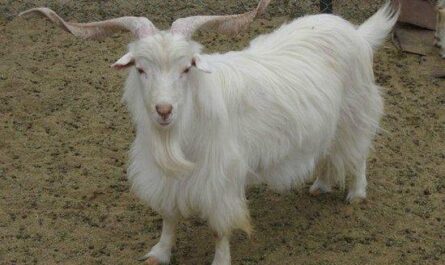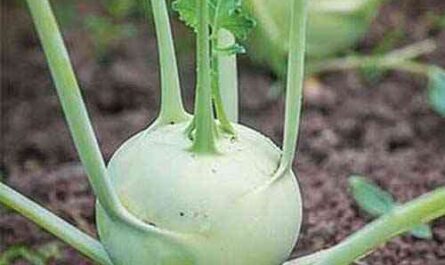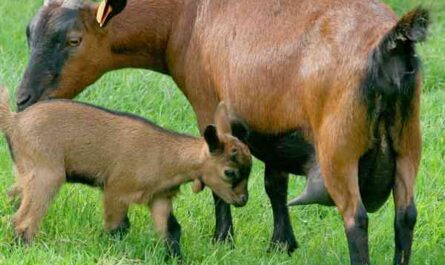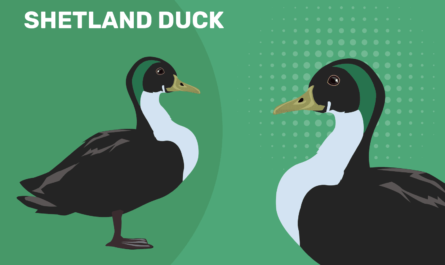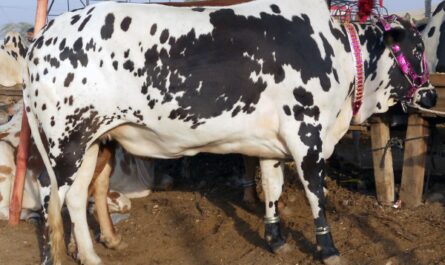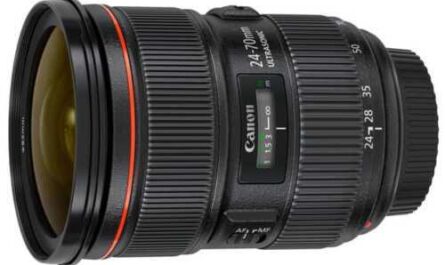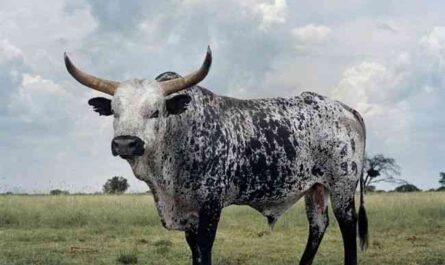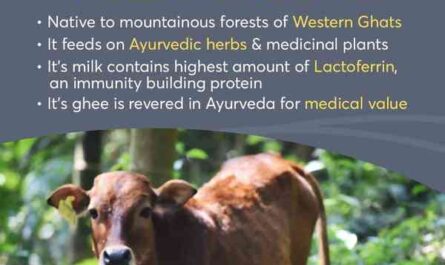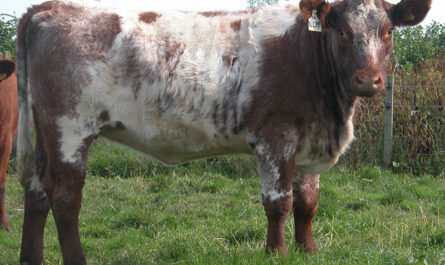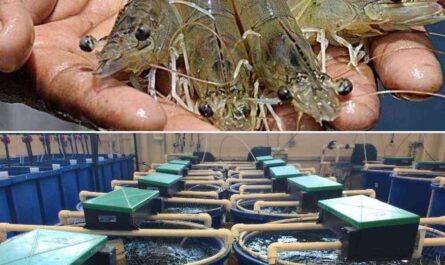The Daglic sheep is a breed of domestic sheep that was bred in Turkey. It is mainly found in Western Anatolia in Turkey.
Some believe this is the origin of the Kamakuyruk and Chios breeds of sheep. It is one of the short-tailed sheep breeds and a dual-purpose animal.
It is good and cultivated for the production of meat and milk. Learn more about this breed of sheep below.
Characteristics of the Daglic sheep
Daglic sheep are small animals. They are monochromatic animals with a white body and black spots on their heads and legs.
They have a short, thick tail. Sheep are always polled, but rams tend to be horned. The average height of sexually mature ewes is around 24 inches or 60 cm, and rams are slightly larger than ewes.
The average live weight of sexually mature Daglic ewes is about 37.5 kg, and sexually mature rams are slightly larger and much heavier than sheep. Photos and information from Oklahoma State University and Wikipedia.
Advantages
Daglic sheep are dual purpose animals. They are bred both for meat production and for milk production.
Special Notes
Daglich sheep are quite hardy and active animals. They are well adapted to life in the steppe climate. Live births are 80-90% and twins are rare, only 1-2%.
Lambs grow relatively faster and the average weight gain is around 179 grams per day. Sheep produce on average about 40-50 kg of milk per lactation and their lactation period lasts 140-179 days.
Besides meat and dairy, the breed is also very good at producing carpet wool. However, check out the complete Daglish sheep breed profile in the following table.
video
| Breed name | Daglic |
| another name | everything |
| Purpose of the breed | Meat and milk |
| Special Notes | Fairly hardy, active animals, well adapted to the steppe climate, lambs grow relatively faster, suitable for milk production, suitable for meat production, and also for the production of carpet wool. |
| Breed size | Little |
| The weight | About 37.5kg |
| horns | Rams are horned, and sheep are polled |
| climatic tolerance | local climate |
| Color | Monochrome animals with a white body and black spots on the head and legs |
| scarcity | general |
| Country/place of origin | Turkey |


